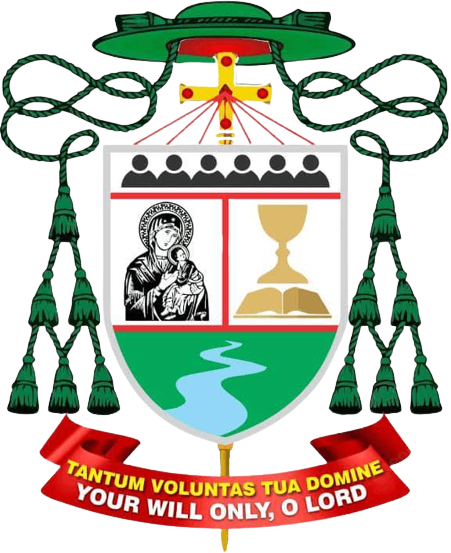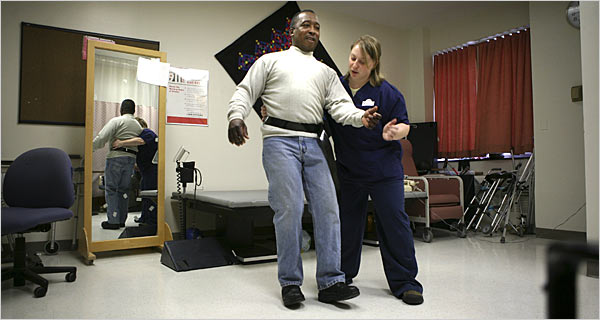STROKE
Damage to part of the brain caused by interruption to its blood supply or by leakage of blood through the walls of blood vessels, Sensation, movement, or function controlled by the damaged area is impaired.
Strokes can be fatal, and are a leading cause of death in developed countries, but advance-treatment has improved the chance of survival.
CAUSES
Certain factors increase the risk having a stroke. The two most important are hypertension (high blood pressure), which weakens the walls of arteries, and atherosclerosis (narrowing of arteries by fatty deposits).
Other factors that increase the risk include artial fibrillation (regularity of the heartbeat), a damaged heart valve, and a recent myocardial infarction. (Heart attack). These conditions can cause blood clots in the heart which may break off and migrate to the brain Polycythaemia (a raise level of red cells in the blood), hperlipidaemaia (a high level of fatty substances in the blood), diabetes mellitus, and smoking also increase the risk of stroke by increasing the risk of hypertension and or atherosclerosis. Oral contraceptive increases the risk in women under 50.
INCIDENCE
The overall incidence of stroke is about 200 people per 100,000 populations annually. The incidence rises steeply with age and is higher in men than in women.
SYMPTOMS AND SIGNS
Damage of a specific area of the brain impairs bodily sensation, movement, or function controlled by that part of the brain. One of the possible symptoms and signs are shown in the illustrated bos. A stroke that affects the dominant cervical hemisphere in the brain (usually the left hemisphere) may cause disturbance of language and speech.
Movement of one side of the body is controlled by the cerebral hemisphere on e opposite side. This causes damage of aresl controlling oement in the right cerebral hiishere and results in weakness or paralysis on the left side of the body. Such one-side weakness or paralysis, known as hemiplegia, is one of the most common effects of a serious stroke.
When symptoms lat for less than 24 hours and are followed by full recovery, the episode is known as a transient ischaemic attack (ITA). Such an attack which usually last for only a few minutes, is a warning signal that a sufficient supply of blood is not reaching part of the brain.
Written by: Sr. Josephine Iteghite (EHJ)


